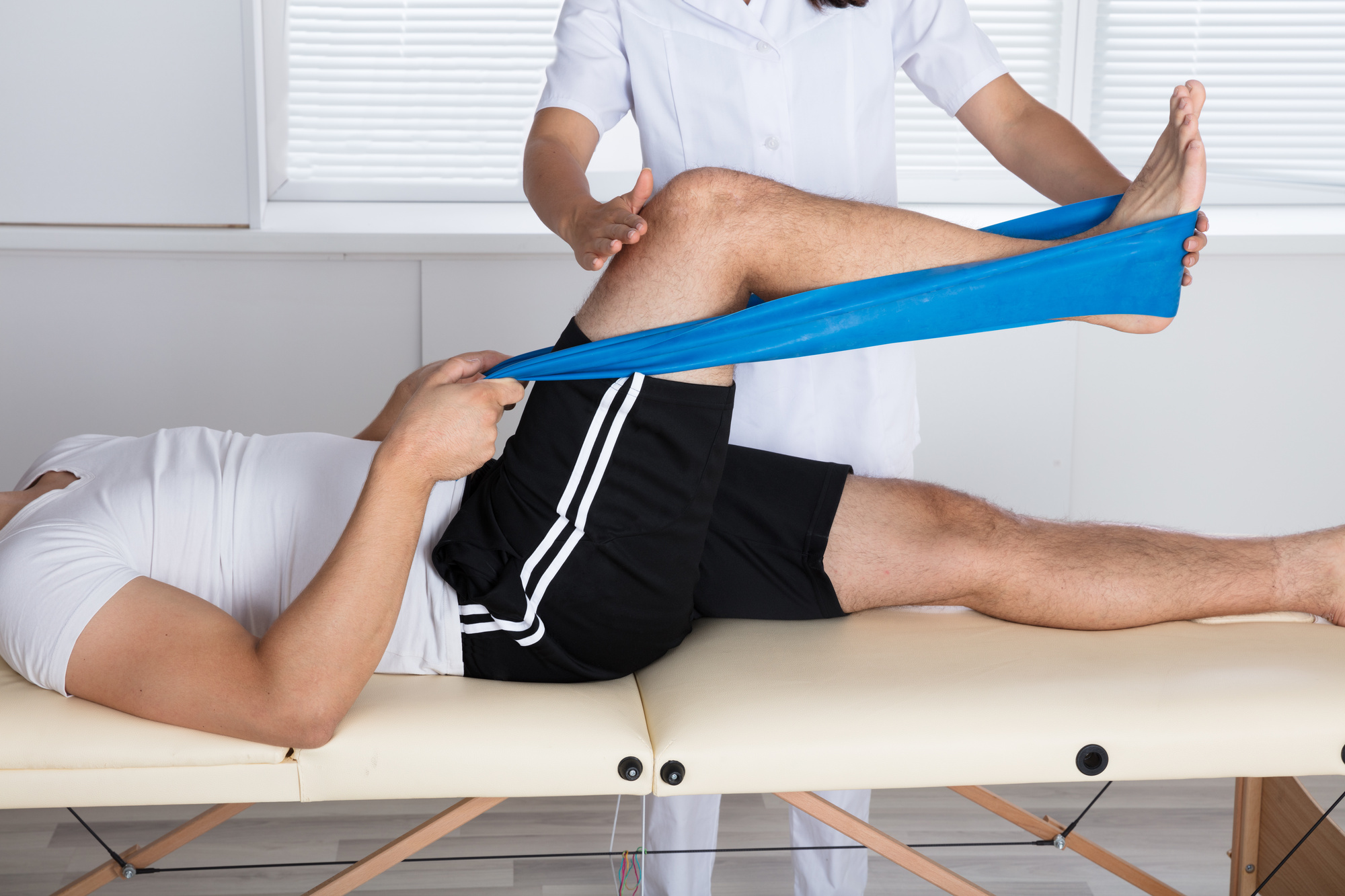One common hands-on treatment method is vertebral manipulation. This method involves using precise pressure to the vertebral column to enhance positioning and decrease pain. Studies has demonstrated that vertebral adjustment can be beneficial in managing lumbar back pain and cervical pain. Another technique is soft connective tissue manipulation, which concentrates on reducing tightness in the muscle tissue and soft structures. This can help alleviate stiffness and enhance flexibility, making it easier for patients to move without discomfort. Both techniques can be customized to meet the specific needs of each client, ensuring a custom method to treatment.
In addition to discomfort alleviation, hands-on therapy can enhance patient outcomes in various ways. For instance, it can improve circulation, which helps deliver nutrients and nutrients to the injured regions of the system. Better blood flow can also encourage healing and alleviate swelling. Furthermore, manual therapy can help clients gain better body awareness, which is essential for preventing future trauma. By comprehending how their physiques move, patients can make more informed choices about their activities and posture, leading to long-term advantages.
The effectiveness of manual therapy is often supported by patient responses. Numerous patients indicate notable gains in their discomfort intensity and overall performance after receiving browse around here care. This positive reaction can lead to greater drive for patients to engage in rehabilitative exercise and recovery exercises. When clients feel improved, they are much likely to participate in their recovery process, which can further improve their outcomes. This collaborative approach between the therapist and the client is essential for attaining enduring results.
In conclusion, hands-on treatment techniques play a critical role in alleviating muscle and joint pain and improving client results. By using techniques such as spinal manipulation and soft connective tissue manipulation, healthcare professionals can help patients regain mobility and alleviate pain. The benefits of manual treatment go further than instant pain relief, as it also encourages recovery and motivates patients to take an proactive role in their rehabilitation. As an increasing number of people seek efficient treatments for musculoskeletal concerns, hands-on treatment continues to be an essential choice in the field of healthcare.
